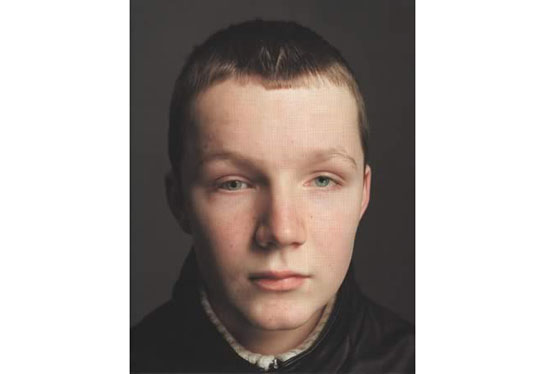Review: Fair Face by Koos Breukel

Occasionally, someone will ask me how I would define what makes a good portrait, and of course there is no good answers for that. But there’s one thing that helps: An interesting face. Needless to say, and interesting face will no guarantee a good portrait, but it really helps. This might sound slightly flippant, but once you look at all the portraits done by photographer X or by photographer Y you realize that X and Y pick a certain “kind” of people. It’s hard to say what it is, but typically, you will easily be able to say that some portrait looks like it was taken by X and not by Y, in part of because of the subject her/himself. Many portrait photographers are drawn towards certain types of characters, and often it does have something to do with the face. You could use Koos Breukel’s Fair Face as a good example (not because it has the word “face” in its title, though). (more)
I almost didn’t buy, in fact I almost didn’t even look at the book when I came across it. Of all the portraits inside, the one I was/am interested in the least had made it onto the cover. Whatever it was I had expected, once I looked through the book I certainly did not find it. Instead, I came a cross a wonderful selection of seemingly very “simple” studio portraits, all of them asking the viewer to immerse her/himself. In fact, the size of the book itself also asks for, no, almost demands a lot of attention from the viewer: It’s relatively small, in fact it feels slightly fragile (the word “fragile” came to my mind thinking about the book, and even though it can be misinterpreted in countless ways, I’ll stick with it).
The artist’s website states the following:
“The major difference between other studio photographers and Koos Breukel is that he photographs people because he wants to find out if they have suffered some form of injury as a result of setbacks in their lives, and if they have managed to come to terms with this.”Of course, this explains part of the selection process for the portraits (we can assume that the portraits of well-known artists do not fall into this category), but whether it actually helps us comprehend the portraits I doubt. A portrait is a portrait, and it is best left unexplained: What we see in a portrait we see against our own background, as much as people want to believe that the photographer’s intentions somehow, very magically have an effect on us. Sure, they might - but there is no guarantee.
And talking about intentions - just like explaining - always takes away from the experience that can be had with photography. So for me, to look at these images it does not matter whether any of the people in the book “have suffered some form of injury as a result of setbacks in their lives.” A portrait is a portrait, and it is made by what it is and not by what one wishes it to be.
But here is the thing, if I take the portraits in Fair Face for what they are there is no need for anything else. They’re powerful portraits, most of which speak very powerfully about the human condition. You want to look, maybe even stare, at those people, and since it’s a book, and you can do so in your own home, without risking any disapproval by anyone.
However, what you’ll end up doing is not staring. The photography and the book itself don’t lend themselves to that. Instead, they offer an experience. If you’re interested in portrait photography, Fair Face is not to be missed.
Fair Face, photography by Koos Breukel, text by Elisabeth Nora and Jean-Luc Monterosso, 96 pages, Van Zoetendaal, 2010